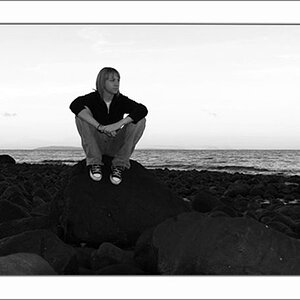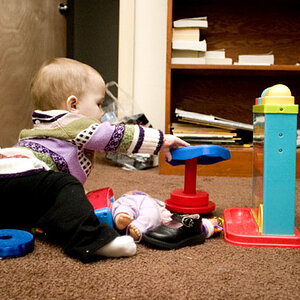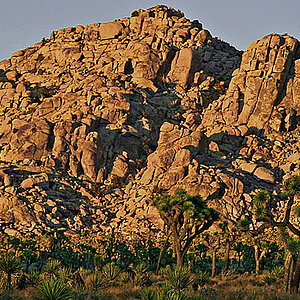dennybeall
No longer a newbie, moving up!
- Joined
- May 13, 2014
- Messages
- 2,308
- Reaction score
- 441
- Location
- OTOW - Ocala, Florida
- Website
- www.citrusphotorestore.com
- Can others edit my Photos
- Photos OK to edit
You commented about adding a lens shade. That just helps eliminate light coming from an angle not behind the subject. It's even more important to help protect the front of the lens from bumps!!!





![[No title]](/data/xfmg/thumbnail/37/37603-739c5d9b541a083a12f2f30e45ca2b7b.jpg?1619738147)
![[No title]](/data/xfmg/thumbnail/35/35946-771bfce9b2727c9126587d96c471da80.jpg?1619737254)

![[No title]](/data/xfmg/thumbnail/42/42015-c5cdef195e2aab7b272f0c03437c42c4.jpg?1619739978)
![[No title]](/data/xfmg/thumbnail/38/38746-205d04e58b9f6c2f0e464742d3372d19.jpg?1619738704)



